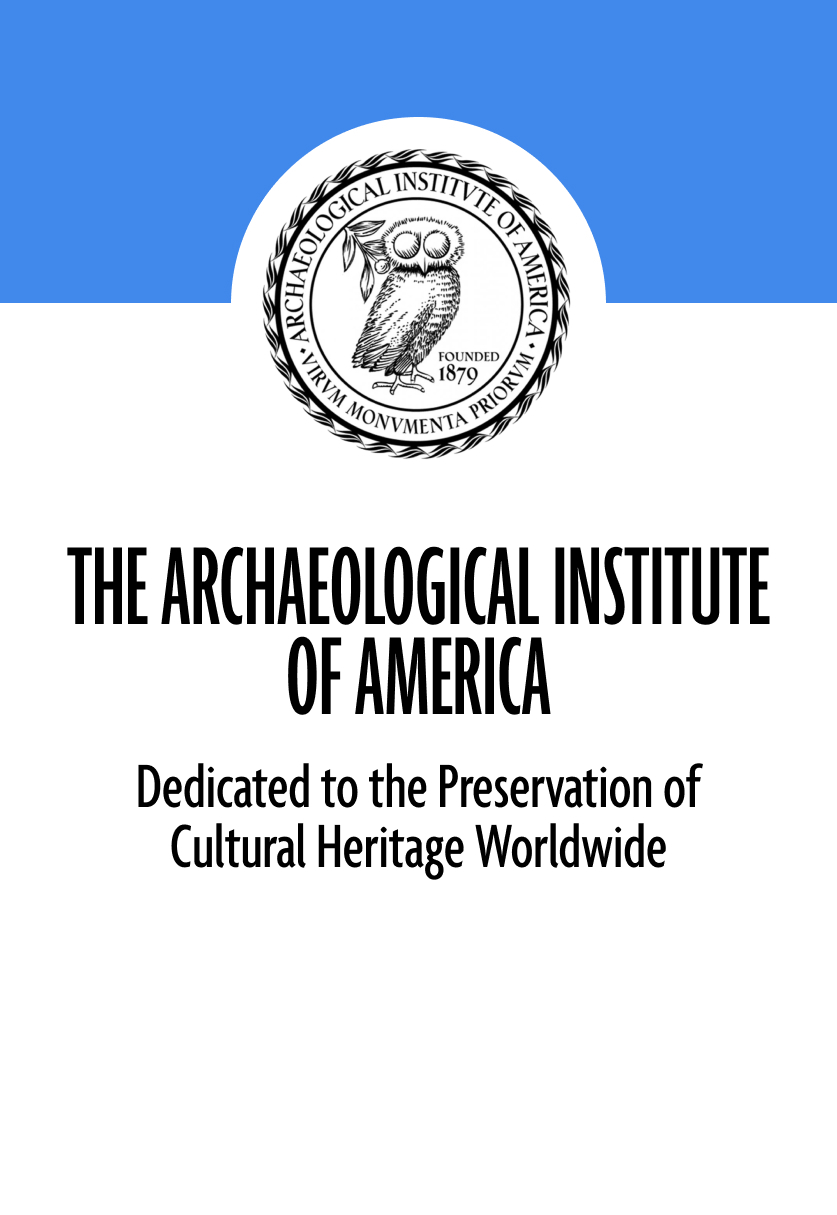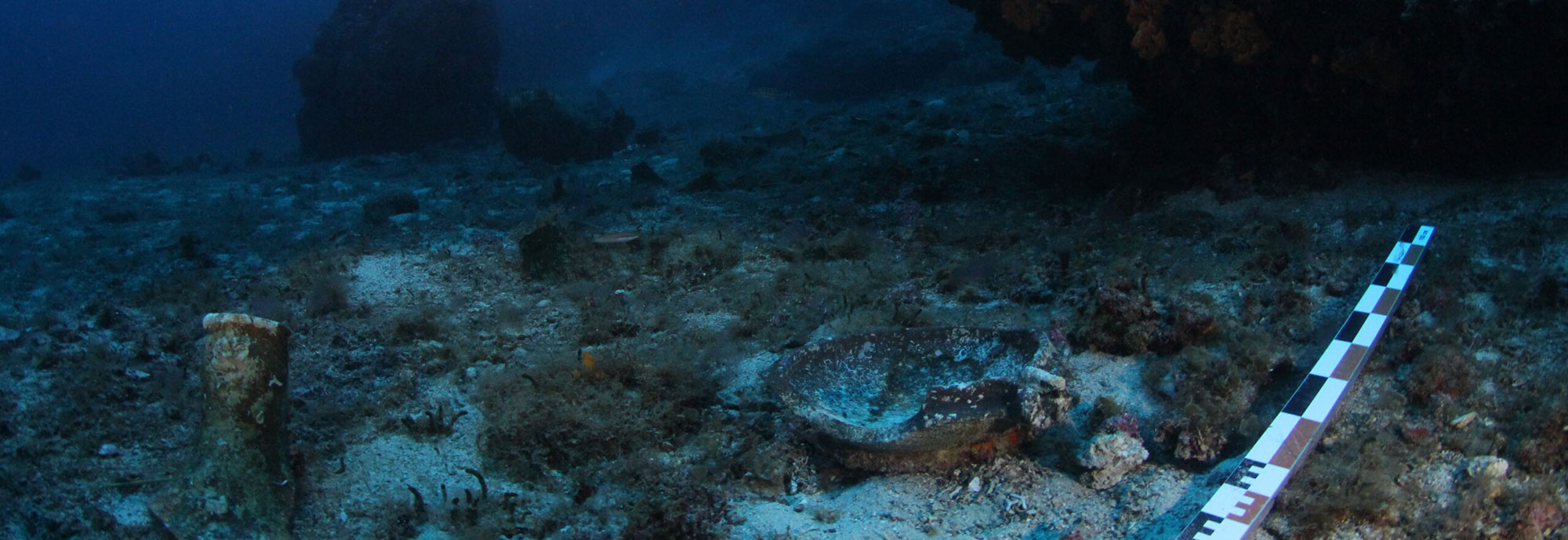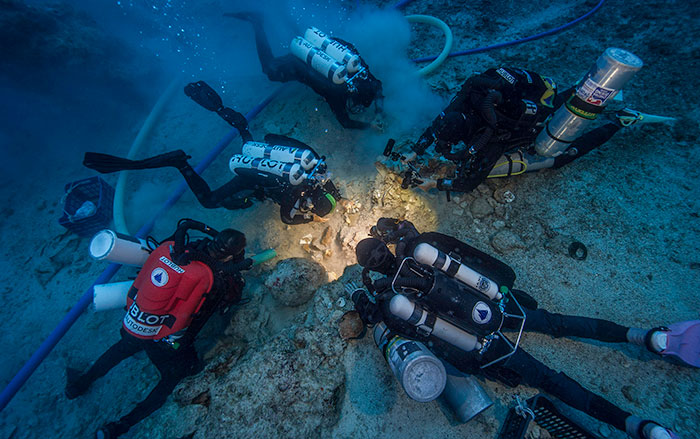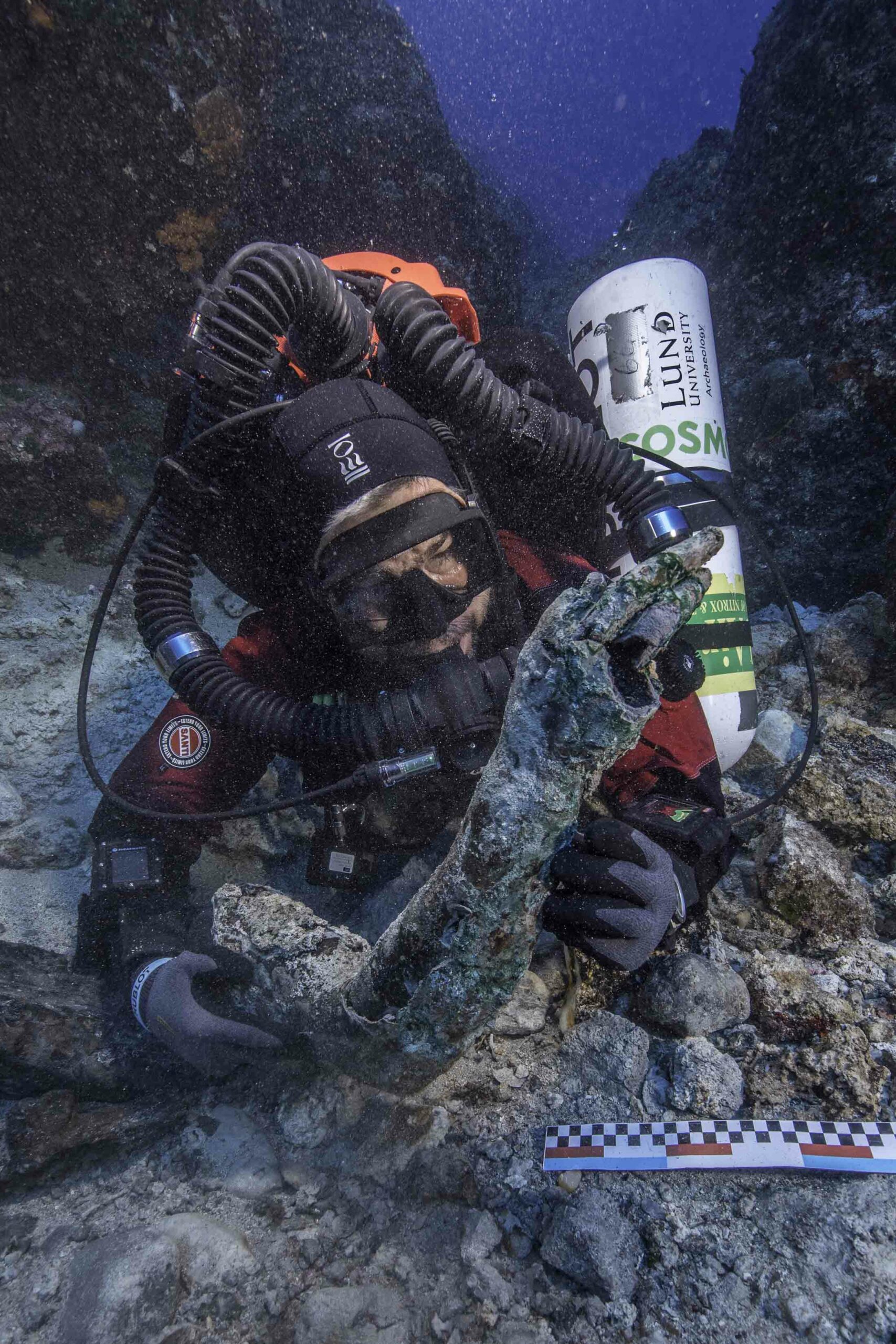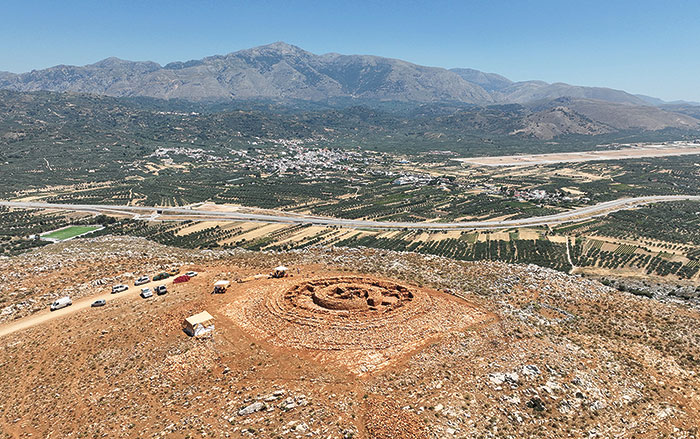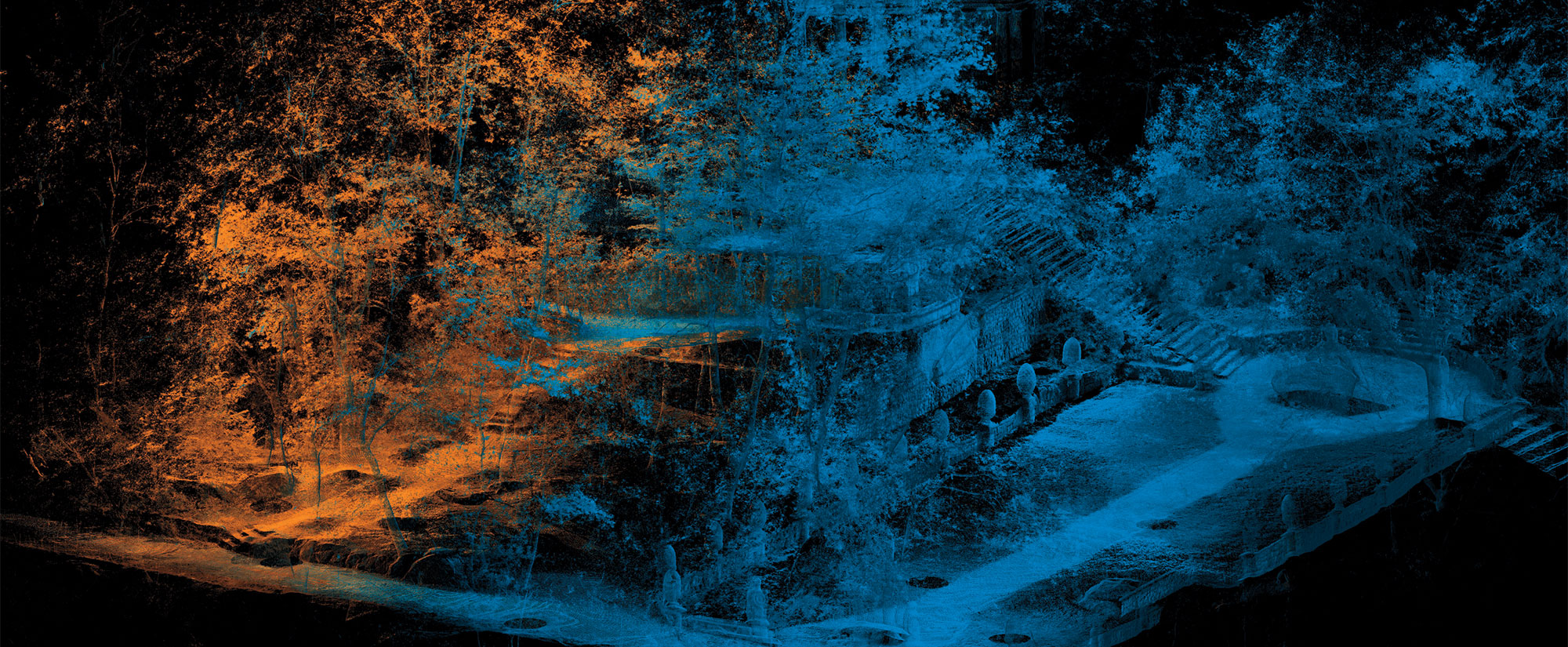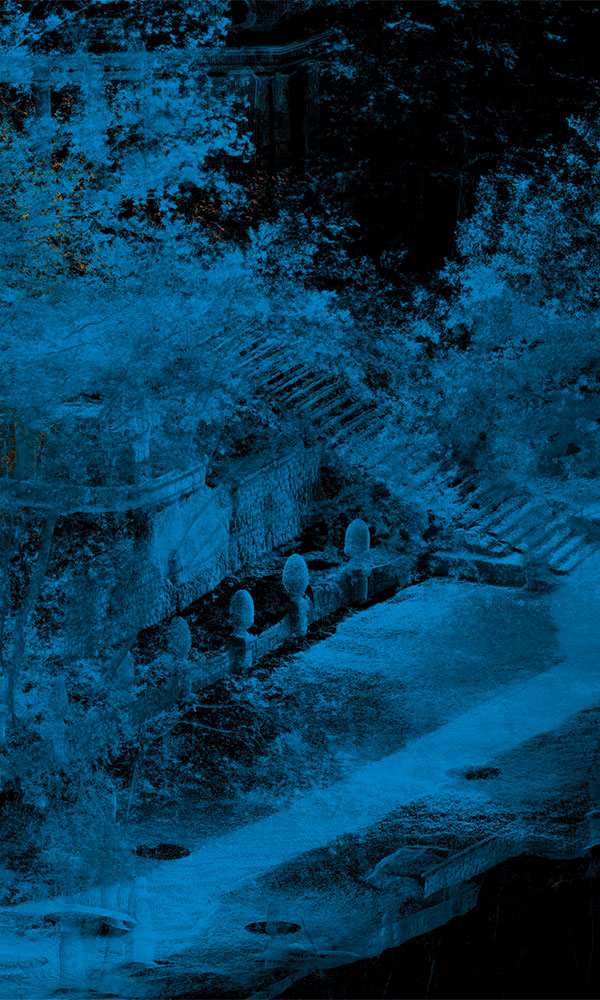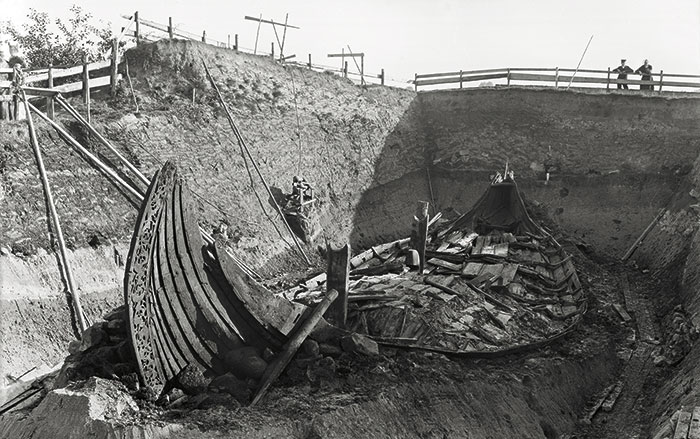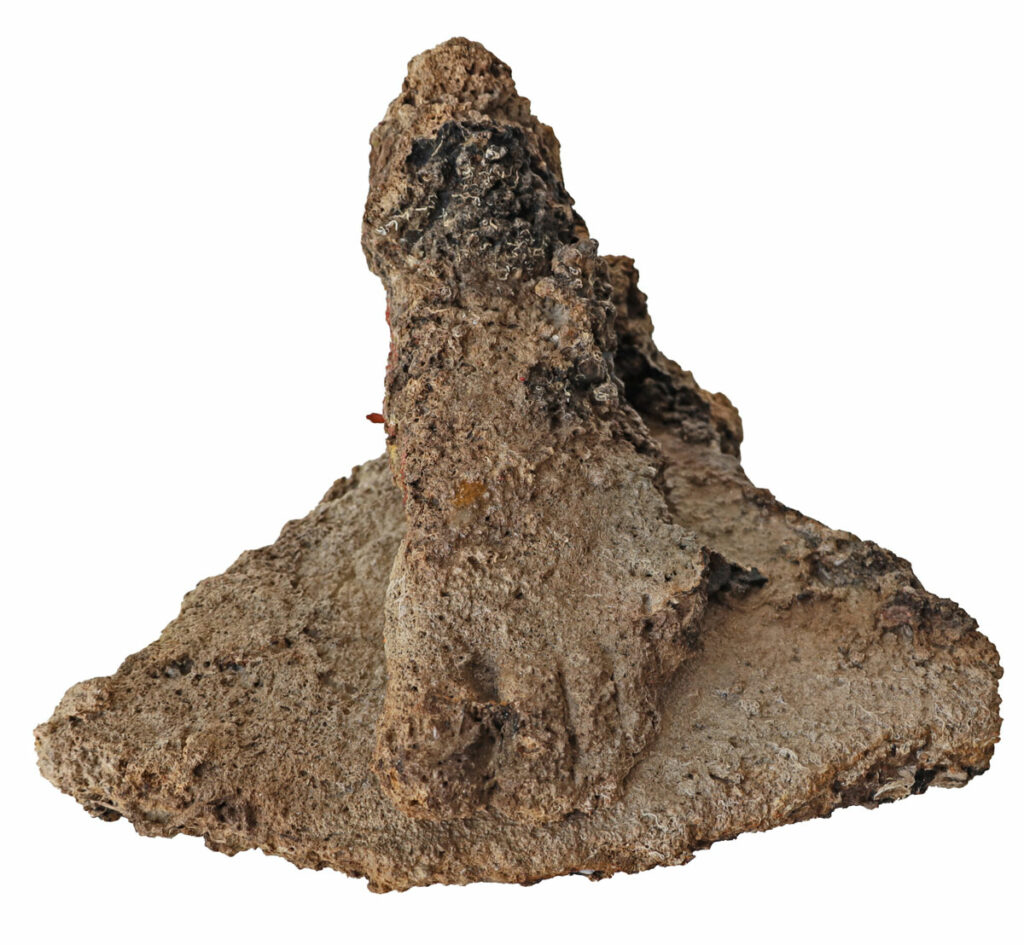
ANTIKYTHERA, GREECE—According to a statement released by The Swiss School of Archaeology in Greece, renewed investigation into the Antikythera shipwreck has provided several new details about the ship and its cargo. The ship sank around 65 b.c. and was first discovered in 1900. On repeated dives over the past 120 years, underwater archaeologists have retrieved hundreds of artifacts, dozens of statues, and most famously the Antikythera Mechanism, sometimes referred to as the world’s first analog computer. Recent recovery of fragments of the hull yielded new information about the vessel’s design and ancient shipbuilding. Archaeologists found three outer planks still joined to an internal frame, signaling that the ship had been built using the “shell-first” construction method, in which an outer shell is built before the internal structures. This was a popular technique in the Mediterranean between the fourth and first centuries b.c. Analysis of the wood indicated that the ship was built using both elm and oak. Other discoveries included the marble foot of a male statue, amphoras from the island of Chios, and a sprouted terracotta mortar. This would have been used by the ship’s crew for crushing or mixing food and provides rare evidence of the culinary practices onboard. For more on the wreck, go to "Antikythera Man," one of ARCHAEOLOGY's Top 10 Discoveries of 2016.

